When to Stop Using Food Rewards in Dog Training
When to Stop Using Food Rewards in Dog Training?
The answer to this question is NEVER.
Really good trainers will never stop using food rewards. What they do is manage how often they use food in their training.
When people train with food rewards, they will always meet people who say how foolish they are for training with FOOD TREATS.
They say it’s only a matter of time before we ask our dog to do something and we don't have food with us, then what will you do?
This is the reason why it is so important to understand exactly how we reduce the use of food rewards in our training program.
When we start reward-based training, our dogs are put on a continuous reward program. The dog is rewarded every time it performs a behavior correctly.
In fact, we often jackpot rewards by giving the dog several food rewards in a row. Jackpotting helps maintain engagement after the behavior.
When we start teaching a new behavior, we often reward the dog for just TRYING to perform the behavior. That’s called successive approximation.
Successive approximation during the learning phase builds the dog's drive to figure out what we want. As it gains accuracy, we gradually wean the off successive approximation and back to rewarding when the dog performs correctly.
There is a fine line between using continuous rewards and weaning the dog off the reward.
Continuous rewards during the learning phase builds engagement and the drive to learn.
Staying on continuous rewards too long, after the dog has learned the behavior, will always create problems.
The dog has learned to expect a reward and when the trainer starts to wean the rewards, the dog will stop offering the behavior.
The solution is for trainers to move to VARIABLE and RANDOM rewards as soon as possible.
An example of a VARIABLE reward system occurs when the dog is rewarded for the 3rd, 5th, 4th, and 7th time it performs a behavior.
Some call a RANDOM reward system rewarding on less of a schedule than in a variable system. That means the rewards are really stretched out. That schedule will of course change depending on the training results.
The long-term goal is to create a situation where there is an expectation of a reward and when that doesn’t happen, the dog goes UP IN DRIVE (not down in drive) and it tries harder the next time it's asked.
We compare this to people who play slot machines. They know they won't win every time, but they hope the next time they pull that handle, it will be their lucky day.
The question new trainers ask is, WHEN DO I MOVE OFF OF A CONTINUOUS REWARD.
When we feel the dog has reached fluency, we will test the dog. We will watch the dog's behavior by not rewarding 3 successful attempts. If we are happy with what we see, we move the dog back into a variable reward and then back into extending the random rewards.
With this said, it is vitally important to understand that there is no reason to ever completely STOP using food in our training – not ever! We use food rewards on a random basis for the life of our dogs. Food rewards are a part of maintaining and building our relationship with our dogs.
Types of Reinforcement Schedules
Understanding the importance of Reinforcement Schedules is vital to improving and evolving as a dog trainer.
Continuous Reinforcement
Continuous reinforcement is the repeated reinforcement of a behavior every time it happens. This can involve positive (adding a stimulus) or negative (removing a stimulus) reinforcement, with the goal of encouraging certain actions. Continuous reinforcement is one of three foundational types of reinforcement schedules.
Simply put - Continuous Reinforcement (CRF) is when every response is followed by a reward (I.E. You reward every single repetition).
This schedule is best used in the beginning of teaching a new behavior. The purpose of this schedule is to make training fun and make the desired behavior as clear as possible. This schedule is often used in combination with a shaping skill like luring or free shaping, and in a new environment or generalization context.
Fixed Reinforcement
Fixed reinforcement is a type of schedule where a number of repetitions of a behavior are rewarded in a predictable and fixed way.
Simply put - Fixed Ratio Reinforcement(FR) is when there is a fixed ratio between responses by dog and rewards earned (I.E. You reward every other repetition or every repetition is rewarded with a fixed number of rewards).
This schedule is best used to bridge continuous and variable reinforcement schedules. The purpose of this schedule is to test the fluency of the desired behavior. This schedule is briefly used when you add a verbal cue to the behavior and begin to fade your shaping skill.
A fixed reinforcement schedule also includes Fixed Duration Reinforcement (Interval Reinforcement). This is when the reward only happens after a certain amount of time. For example, after every five seconds of sit-stay you reward.
Variable Reinforcement
Variable Reinforcement is when the number of responses required for the reinforcer varies; A variable reinforcement schedule is a type of partial reinforcement where only a select proportion of responses are reinforced and there is no fixed pattern that can be predicted.
Simply put - Variable Reinforcement is when the number of responses required for the reinforcer varies (I.E. You reward unpredictably).
This schedule is best used when you are finishing a behavior. The purpose of this schedule is to begin fading continuous/fixed rewards once the dog is fluent in the behavior. The purpose of this schedule is to teach your dog not to rely on rewards to perform behaviors. This schedule is often used to finish and proof behaviors.
Variable vs Random Reinforcement
Some people use these words interchangeably, but we would recommend you distinguish between the two. Here at Leerburg, we use Variable Reinforcement to describe the number of times a behavior is rewarded in a session, and we use Random Reinforcement to describe the number of hours or days between rewarded behaviors.
- Variable = Random repetitions in a session being rewarded
- Random = Random repetitions in a number of days being rewarded (I.E. your dog knows the "Potty" command and you eventually switch to a random reinforcement schedule and only reward going potty outside every few days instead of every time they go.)
For us, Random Reinforcement is the final stage of the reinforcement schedule and is best used to maintain a known behavior. The purpose of this schedule is for maintenance and motivation. This schedule is used to remind your dog that you still like the performed behavior and that they are a good dog.
Troubleshooting Engagement with Reinforcement Schedules
A common problem new trainers run into is accidentally falling into a fixed reinforcement schedule by consistently only offering a single food reward for each repetition. When this happens, you will notice the dog immediately begin to check out after its received its reward and not be engaged with you because they have learned you will only give them one food reward until the next repetition.
To fix this problem, we simply need to start jackpotting and vary the number of rewards we give for each repetition. By changing up the number of rewards we give for each repetition, we are teaching the dog that it is good to stay engaged, as that will get them more rewards randomly.
Leerburg covers a variety of dog training topics for the new beginner to the advanced veteran. If you're interested, view our following online courses or DVDs for more dog training guidance:
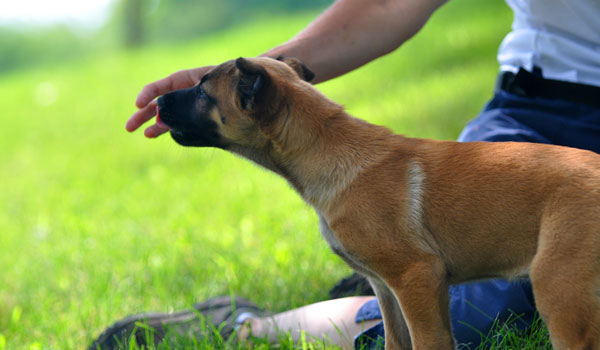




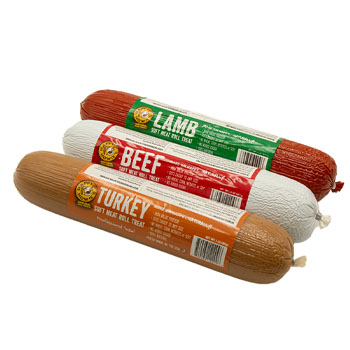
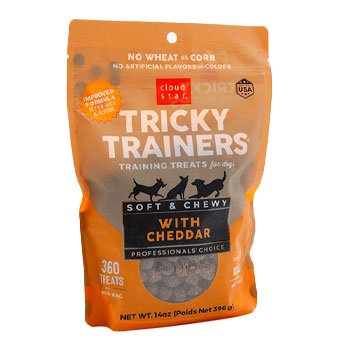
.jpg)
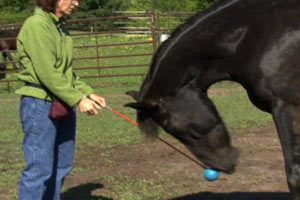
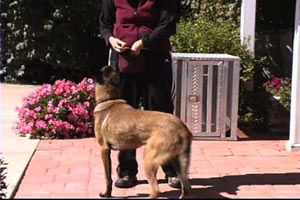
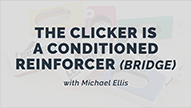
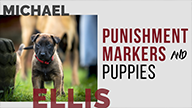
0 Comments
Ask Cindy
Sorry, adding comments is currently disabled.